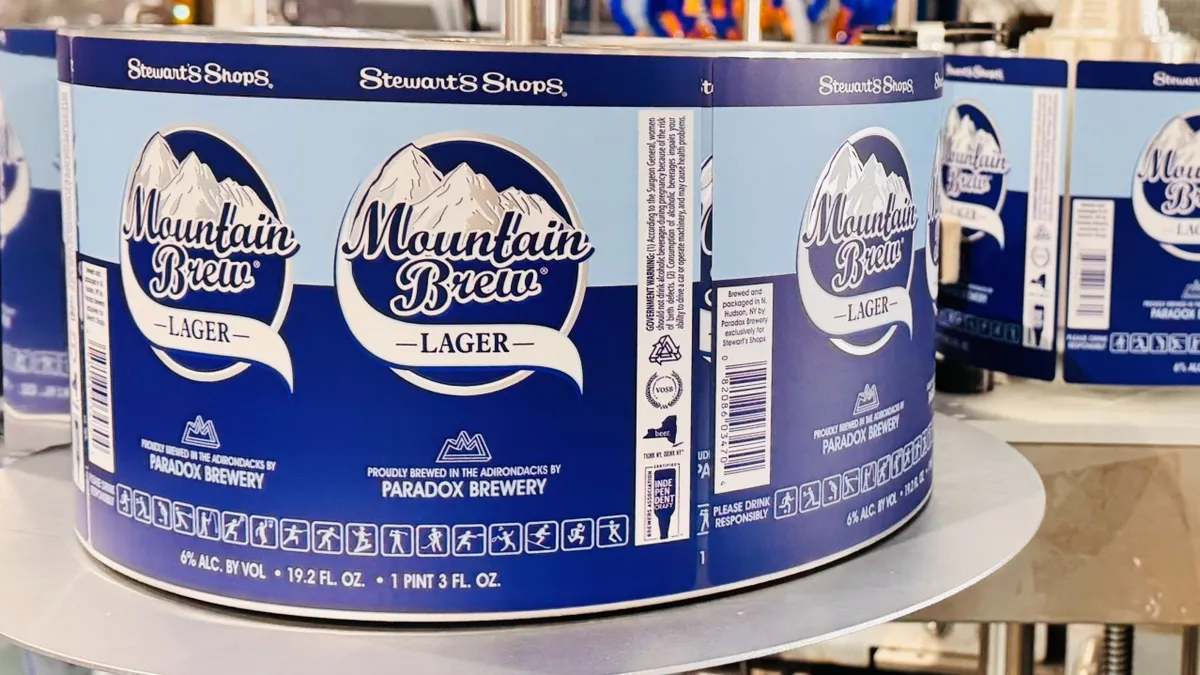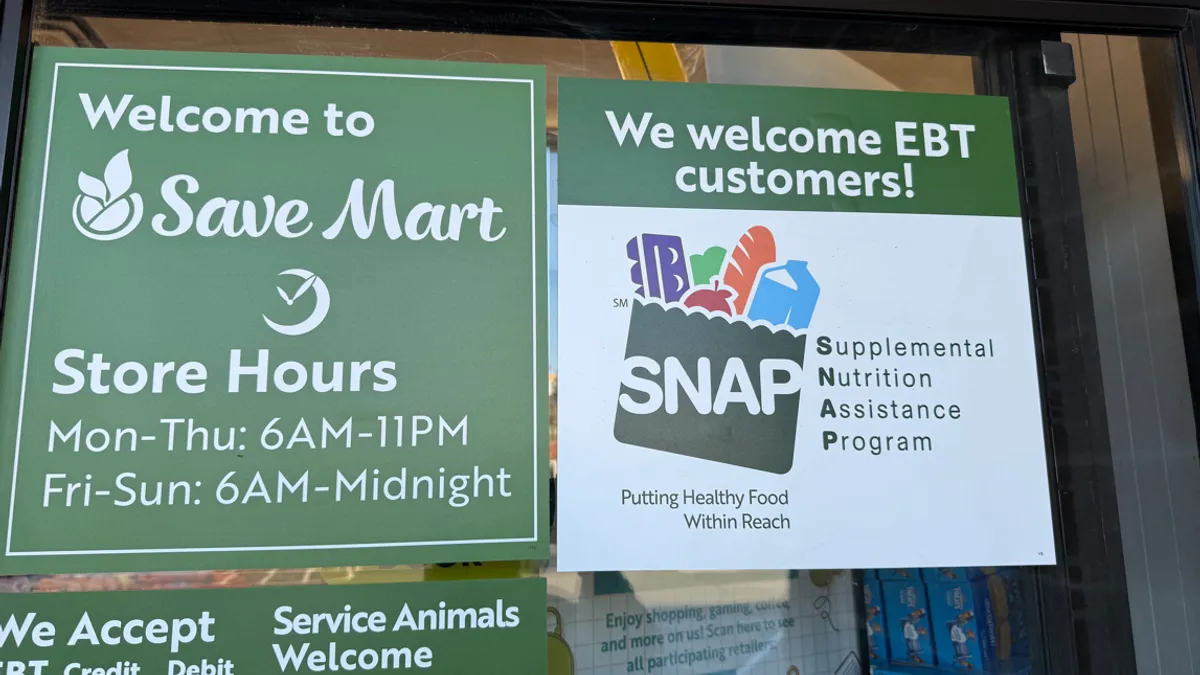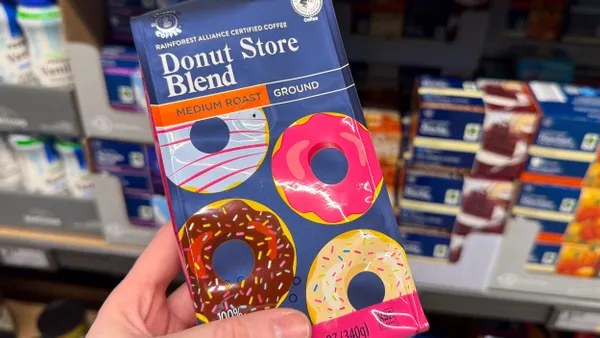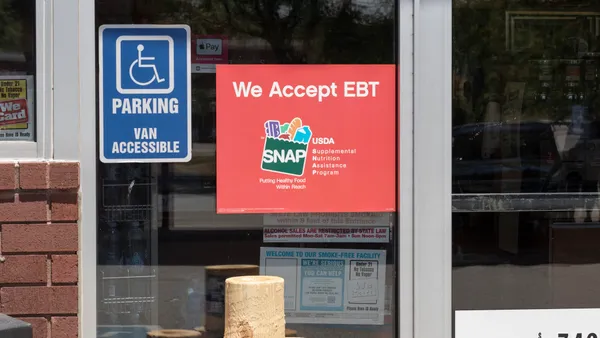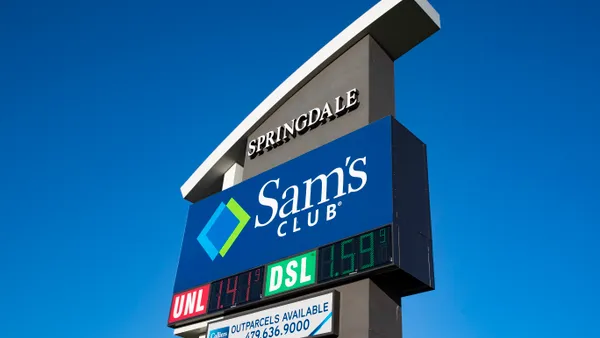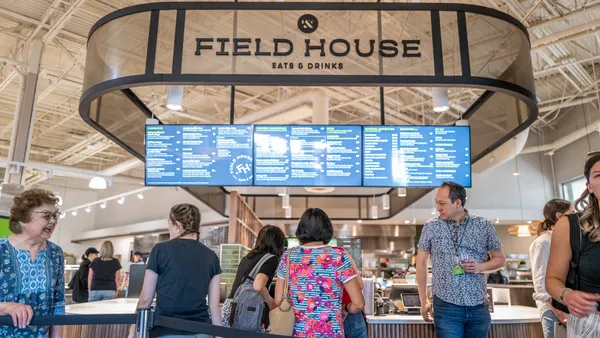McKinsey research suggests online grocery sales will double by 2030. While this is positive news for the grocery industry — an industry that’s faced supply chain shortages, a shift to online shopping, and increased competition over the past few years — it also poses a threat.
How can you scale your existing processes and operations to meet double the demand from consumers?
We explore the challenges facing the grocery industry, what it means for scalability, and the solutions to unlock and enable sustainable growth.
The changing landscape for grocers
The grocery industry has seen huge disruption over the past few years, which has drastically changed how consumers interact with grocers, and how grocers sell to consumers.
If you’re in doubt, remove yourself from the business bubble for a second. Think about how you, your children or your parents’ shop, and how that’s drastically changed over the last few years.
Consumers are switching downmarket, moving away from their favorite premium brands in favor of lower-cost alternatives and private-label products. They’re making more regular trips to the supermarket but are buying less, as fluctuating prices require a more keen attention to detail and a renewed awareness of how much they should spend.
Industry trends
The knock-on effect in the grocery industry has been significant:
1. A turbulent economic situation is seeing costs continue to rise, putting pressure on already tight margins.
2. Online shopping now accounts for 11.6% of grocery sales and is predicted to make up 25% by 2030.
3. Consumer downtrading is resulting in shoppers switching to cheaper brands, private-label products or lower product volumes.
4. Food shortages are making it harder to source products, stock shelves and develop private-label products.
The fallout for cohesion
The fallout for the industry is clear; supply chains are becoming more complex to account for multiple points of sale, delivery options, and delivery locations, resulting in process disruption. The knock-on effects are felt across the entire grocery experience — from suppliers and vendors to customers and employees.
Most notably we’re seeing:
1. Inventory issues across multiple points of sale, meaning retailers are only able to account for 75% to 85% of stock
2. Eroding customer satisfaction as orders are canceled, or replaced with substitute items, to account for stock-outs
3. Contract prices violated resulting in missed discounts for customers
4. Manual intervention required for too many orders, wasting valuable employee time and reducing productivity
The challenge for grocers is twofold. Not only is money lost through inventory issues, manual intervention and contract violations, but customers are becoming frustrated and switching to competitors.
Thankfully, there’s a solution for remaining resilient in retail; gaining full visibility of your operations with process mining.
Solutions for the grocery industry
Although many grocers think they have a firm grip over business processes, the reality is often vastly different. Sometimes, even the most well-documented processes have variations that can elude the eyes of those accountable and slip out of control.
Lack of transparency is an age-old problem, with only 13% of companies reporting full visibility of their supply chain, and 71% of companies having limited or no visibility beyond their ‘tier 2’ suppliers, according to Deloitte. 71% of companies have limited or no visibility beyond their ‘tier 2’ suppliers.
To combat these persistent challenges, you need end-to-end visibility across everything, from order management and logistics, to accounts payable and receivable. Here’s why.
The value of visibility
Whether you’re using Oracle, SAP, Blue Yonder, or a home-grown system, as a grocer you’re running thousands — if not hundreds of thousands — of transactions and processes across multiple systems daily. Now, imagine if you could bring all those systems together to get a 360º view of your business execution. That’s called data integration.
Data integration matters because, with access to all of your data, you can uncover previously ‘concealed’ inefficiencies within your processes and systems — issues you didn’t even know existed.
Once you know where issues lie, you can start to fix them. Align all the different moving parts of your grocery operation to eliminate inefficiencies and improve the customer experience.
In practice, data integration and process mining acts like an MRI scan. It combs through millions of data points and gives you a complete picture of how your grocery processes run, highlighting areas of inefficiency and identifying hidden value opportunities.
To read more from this whitepaper, please click here.




